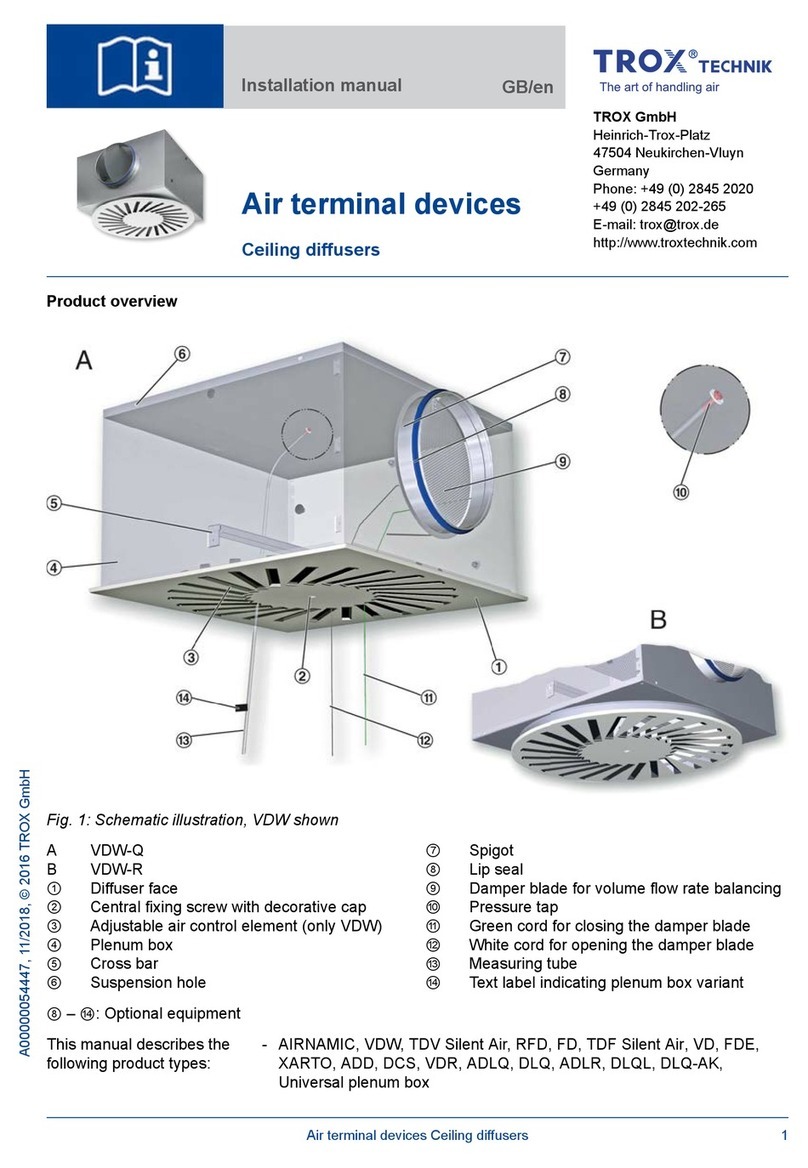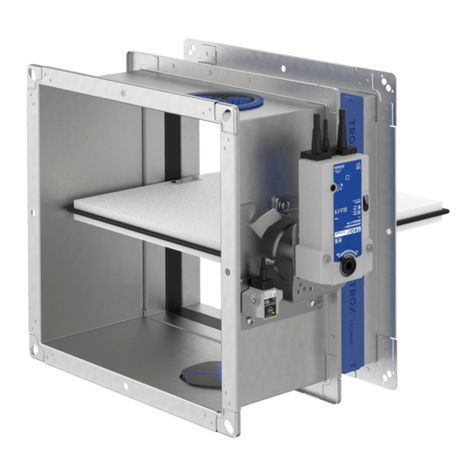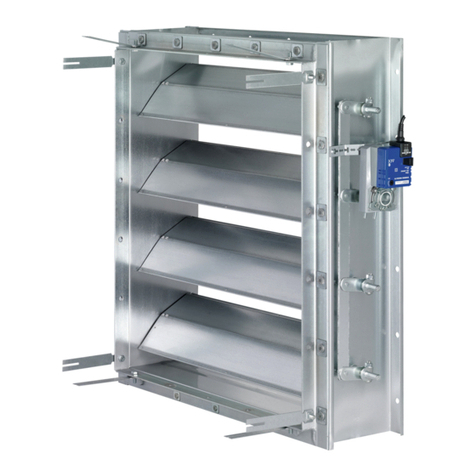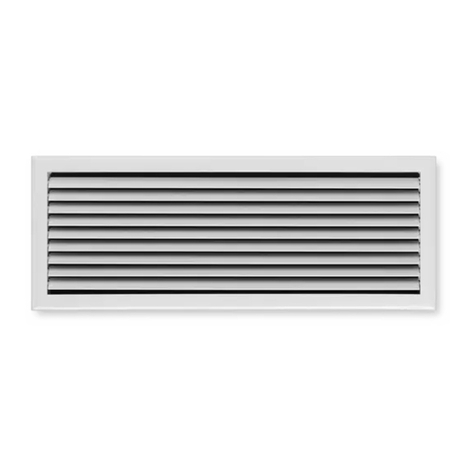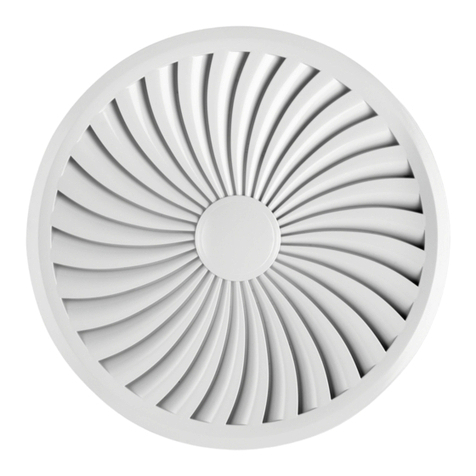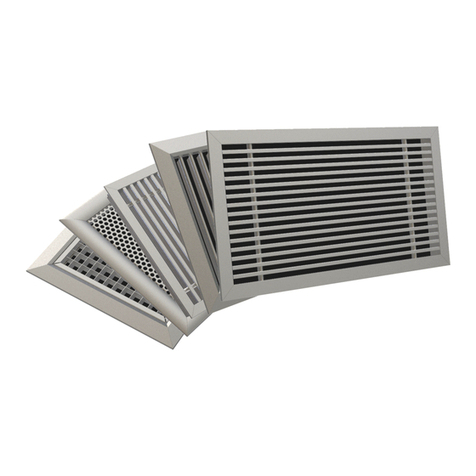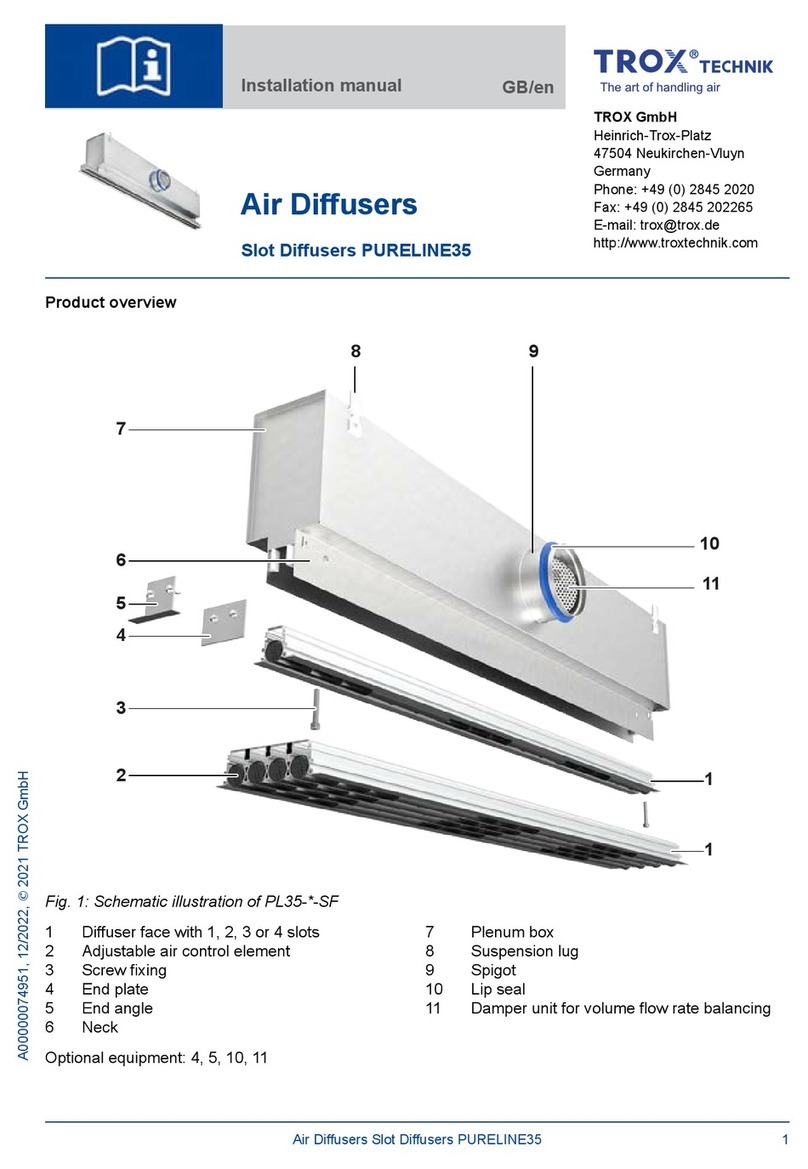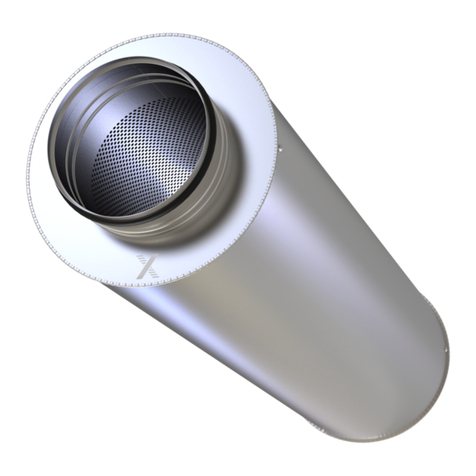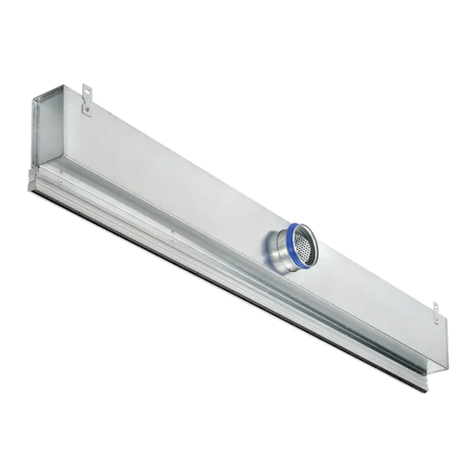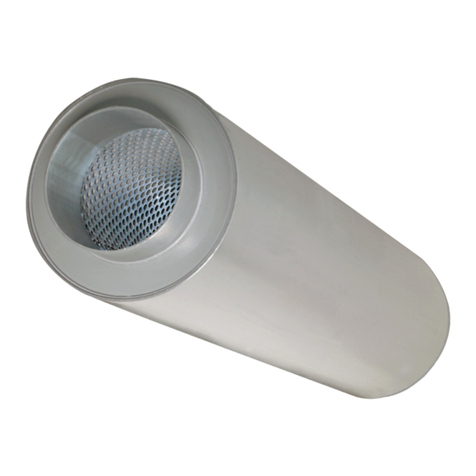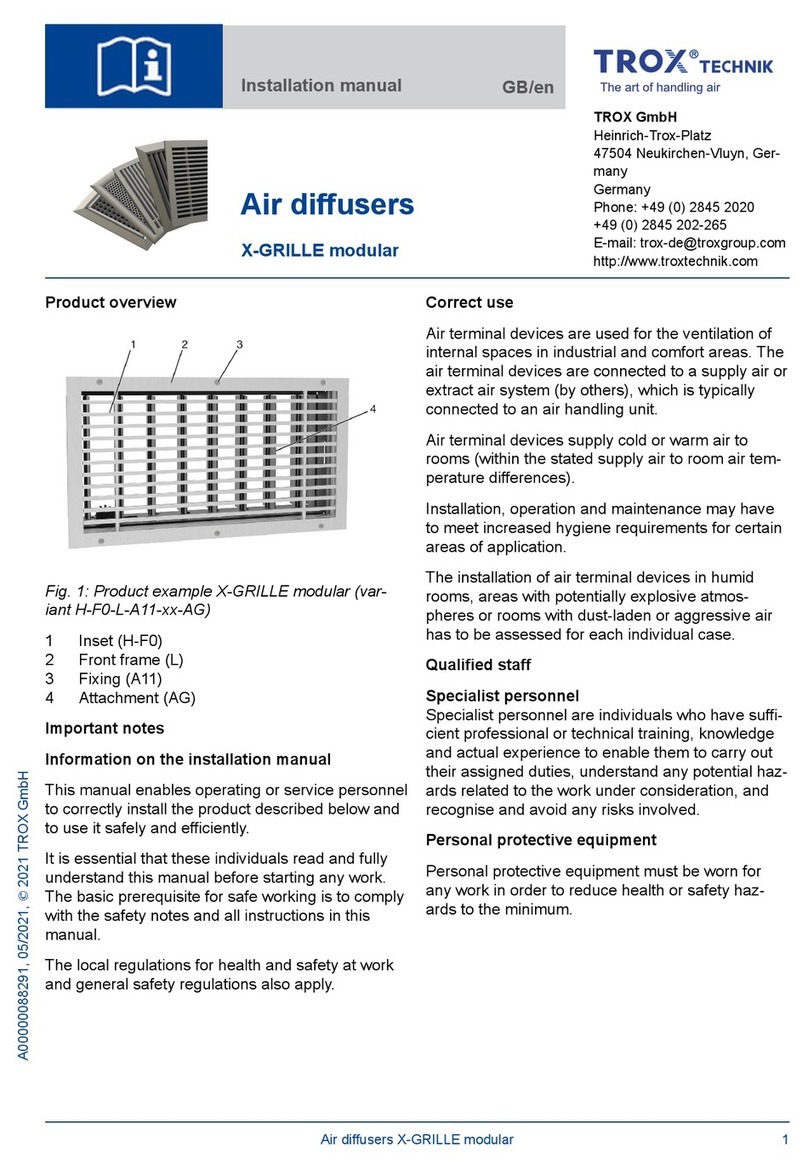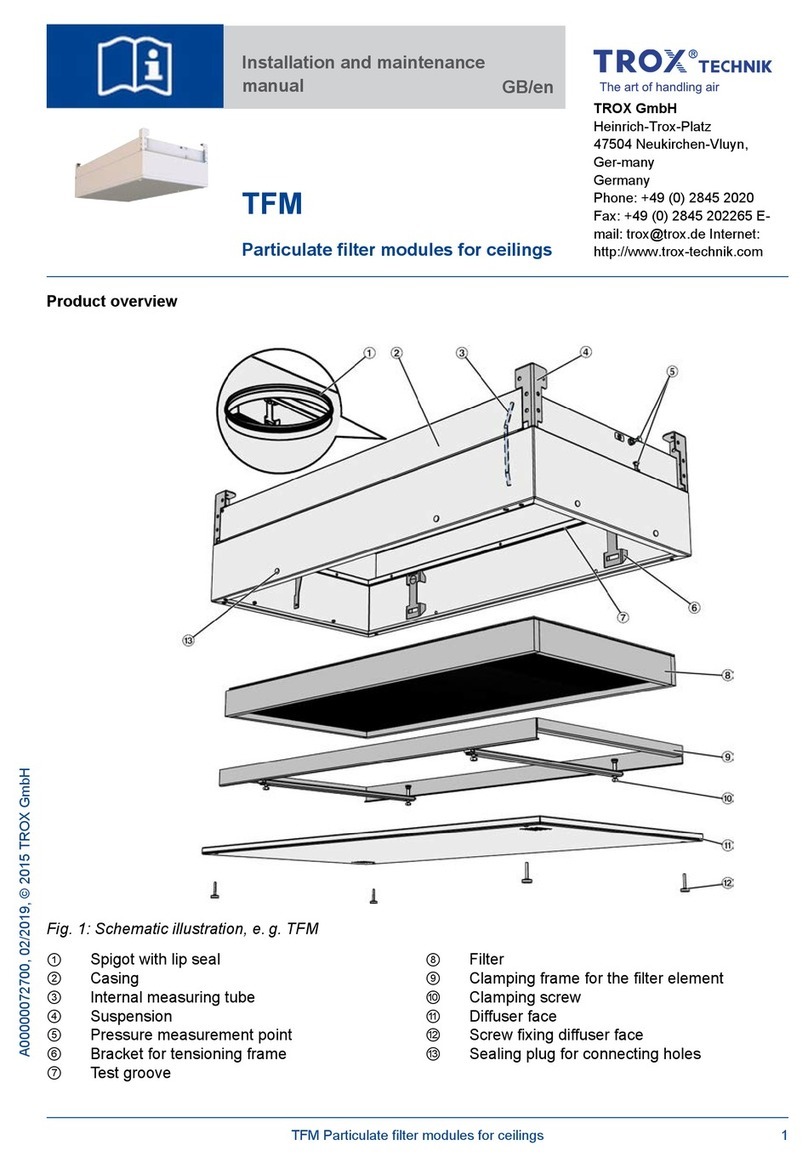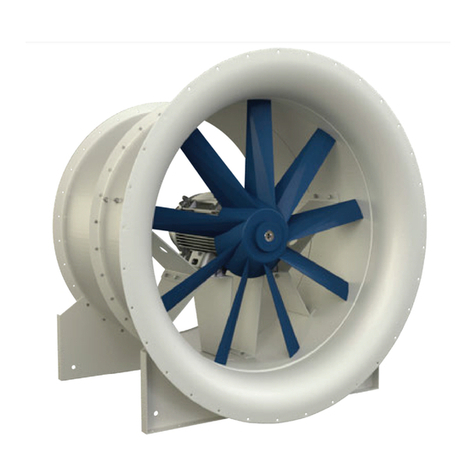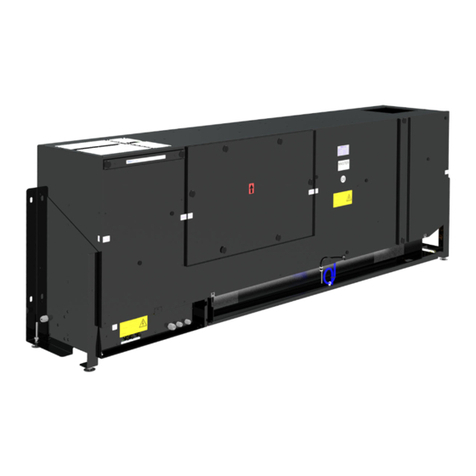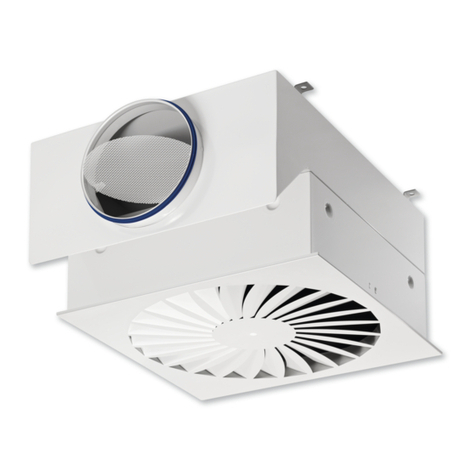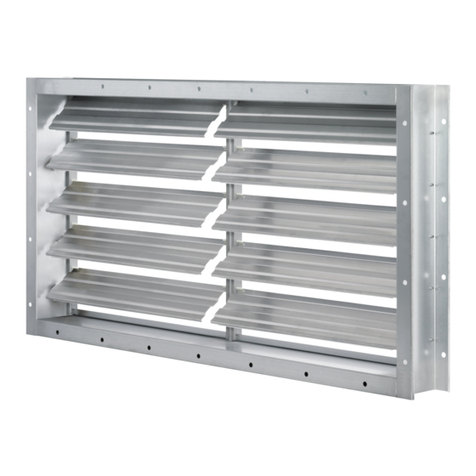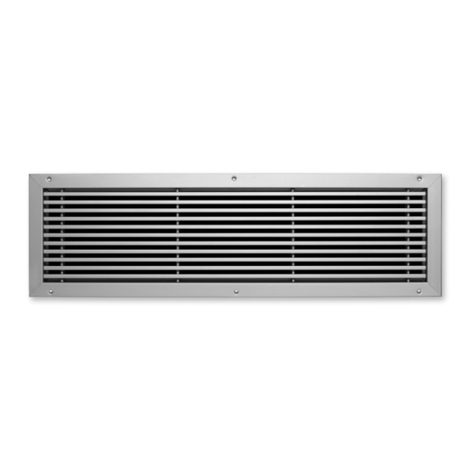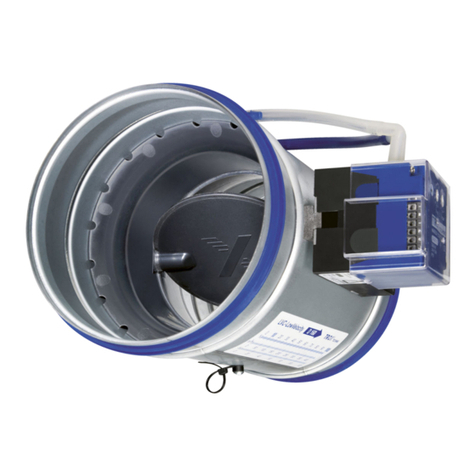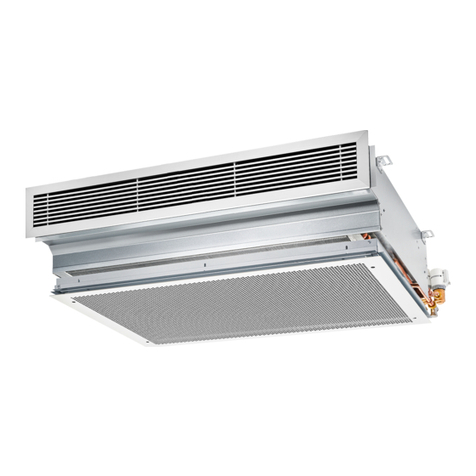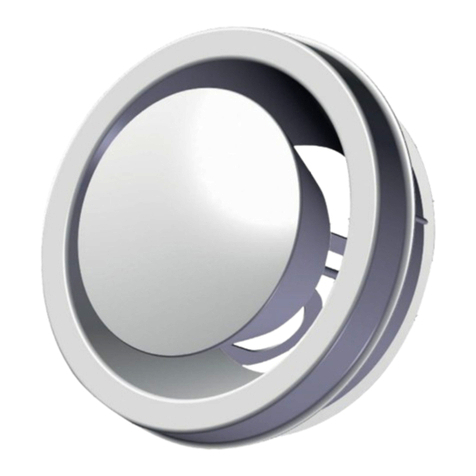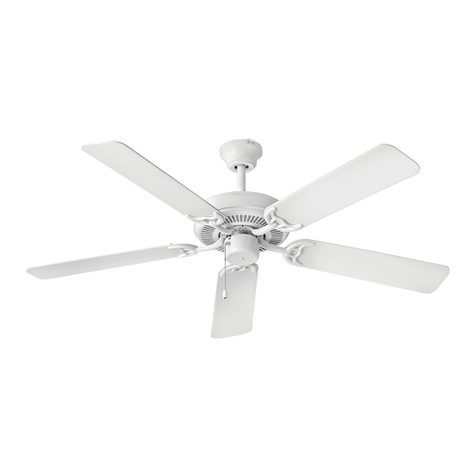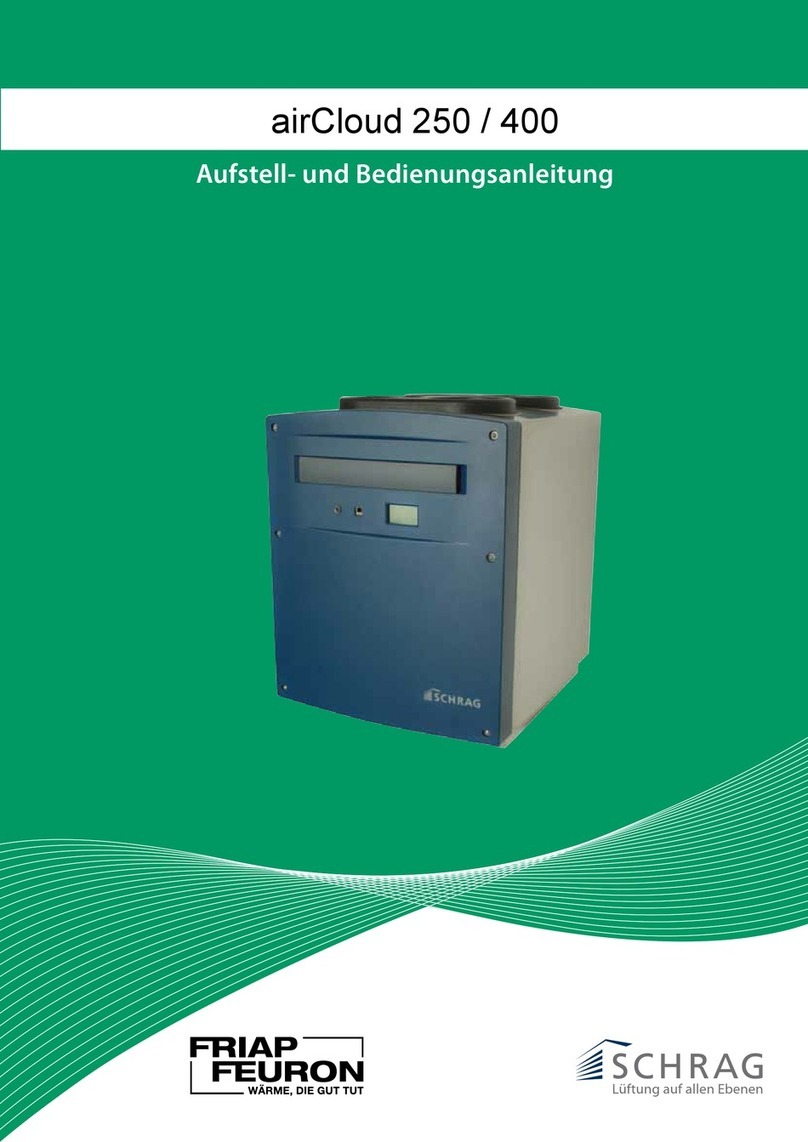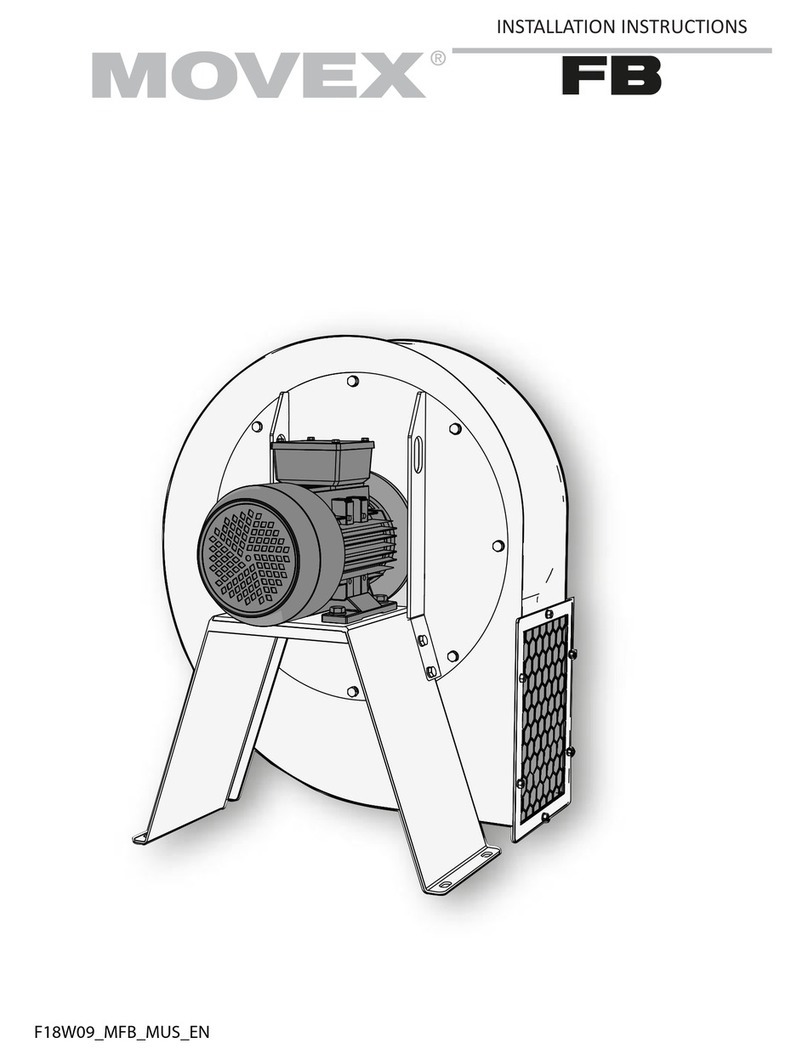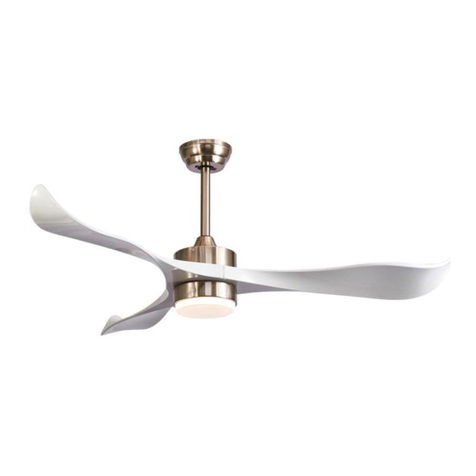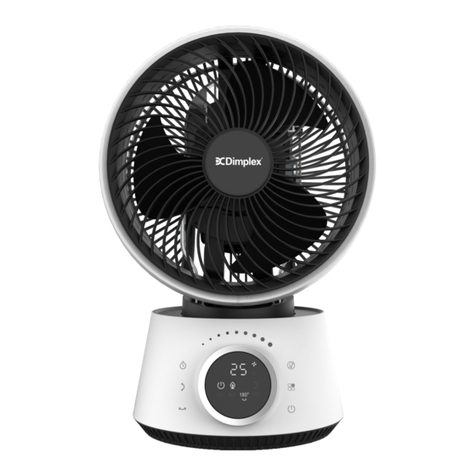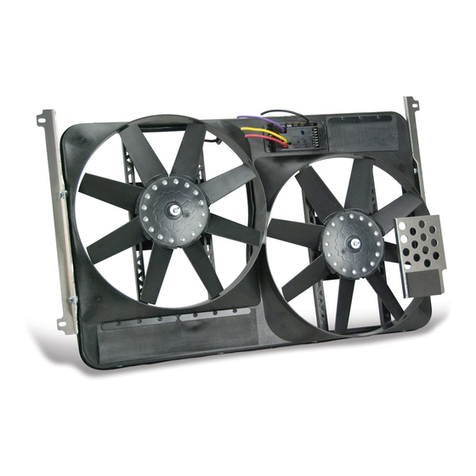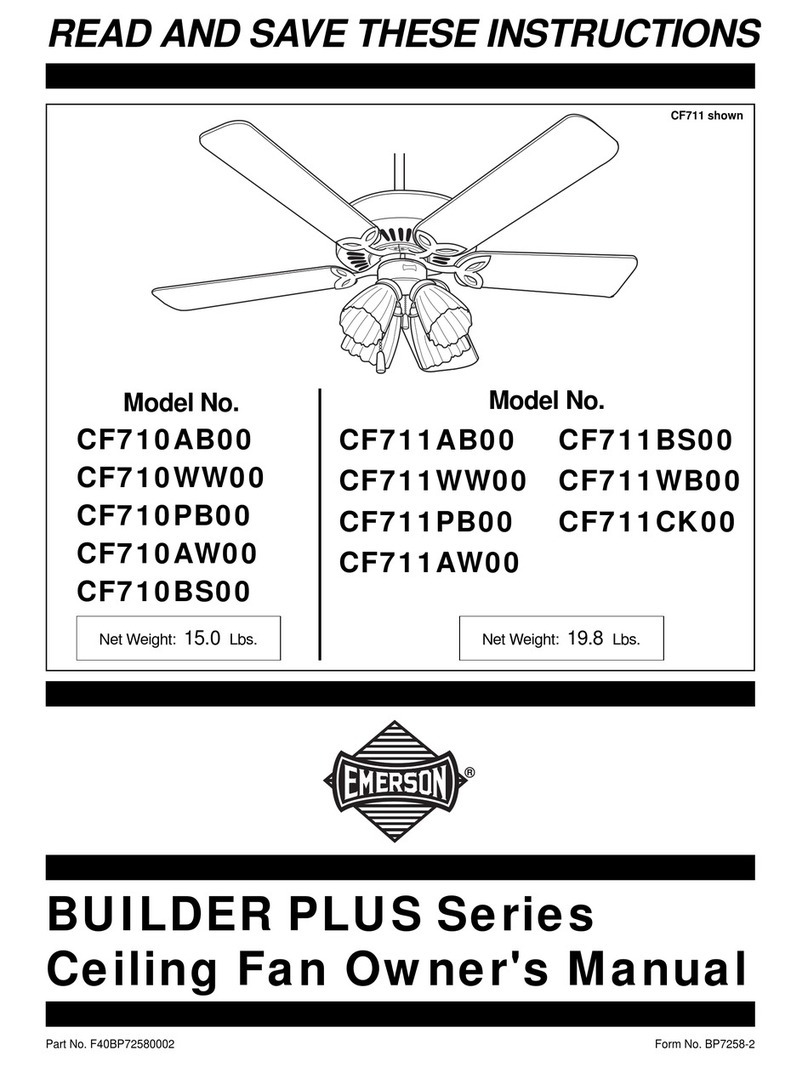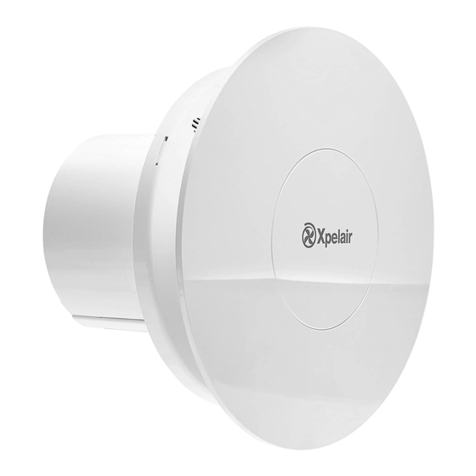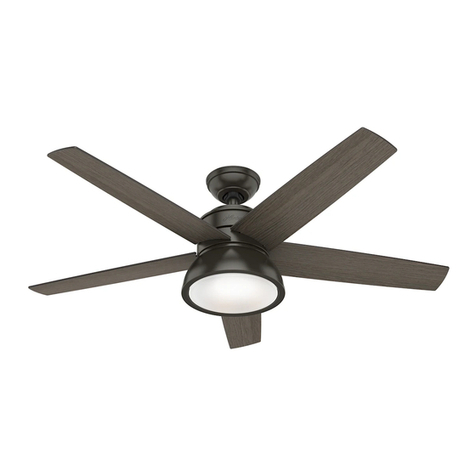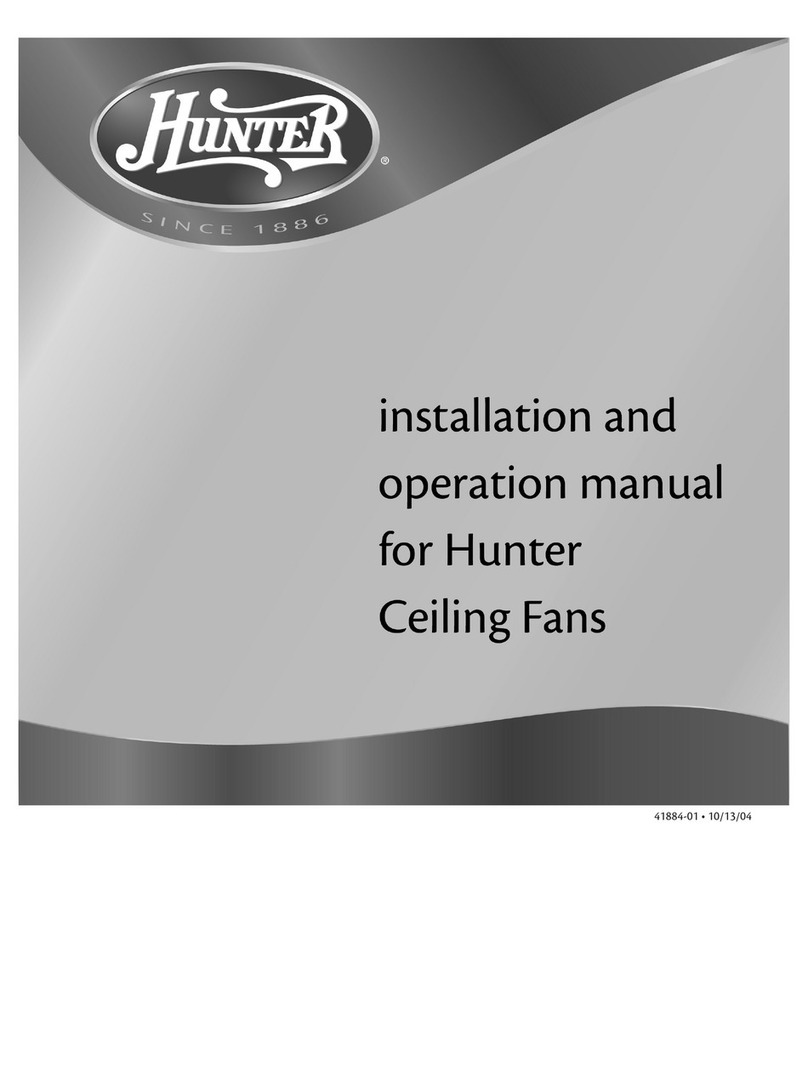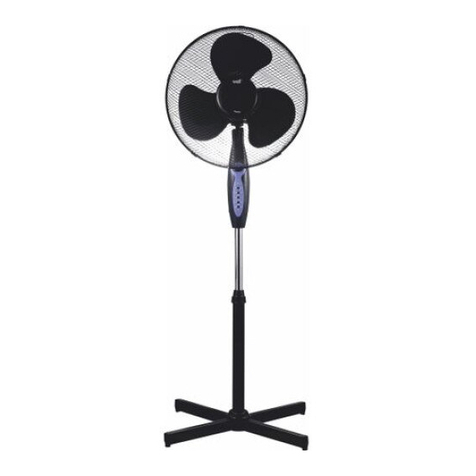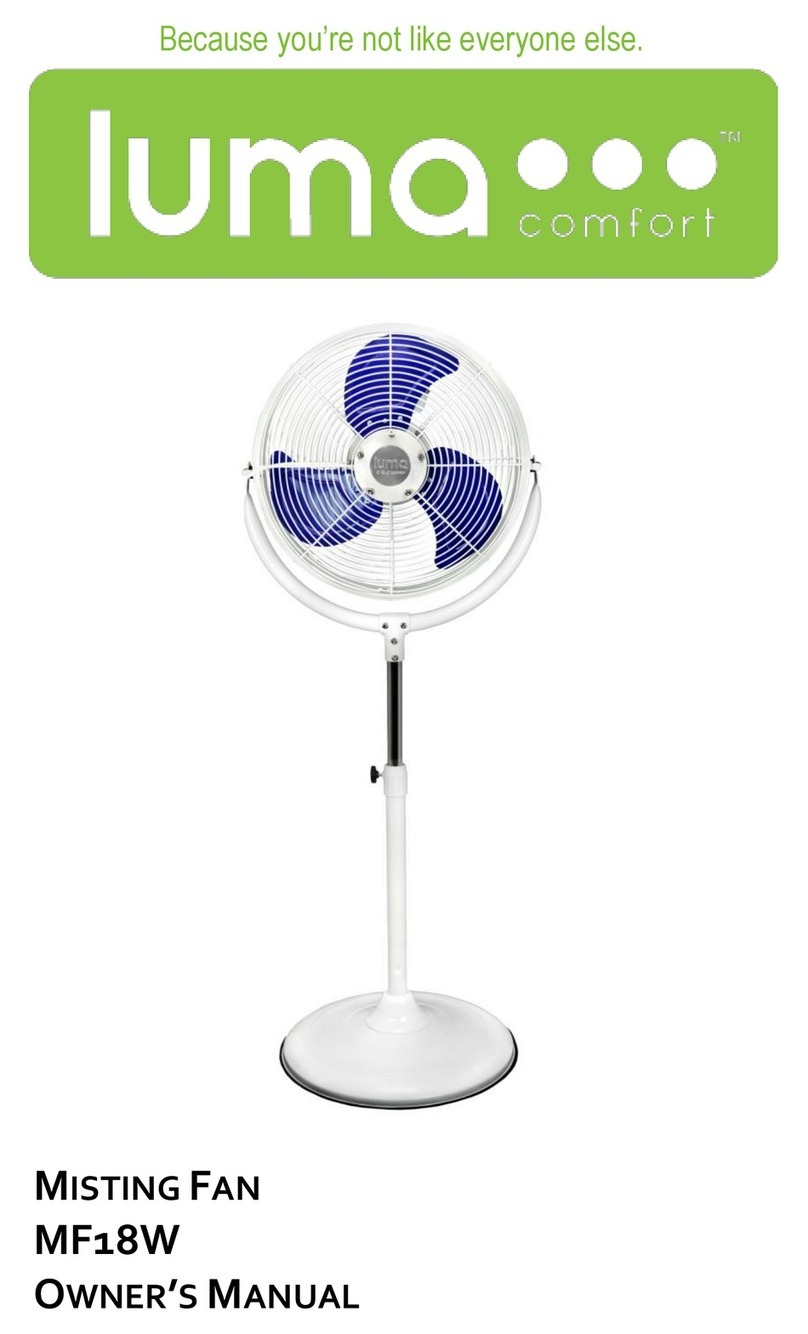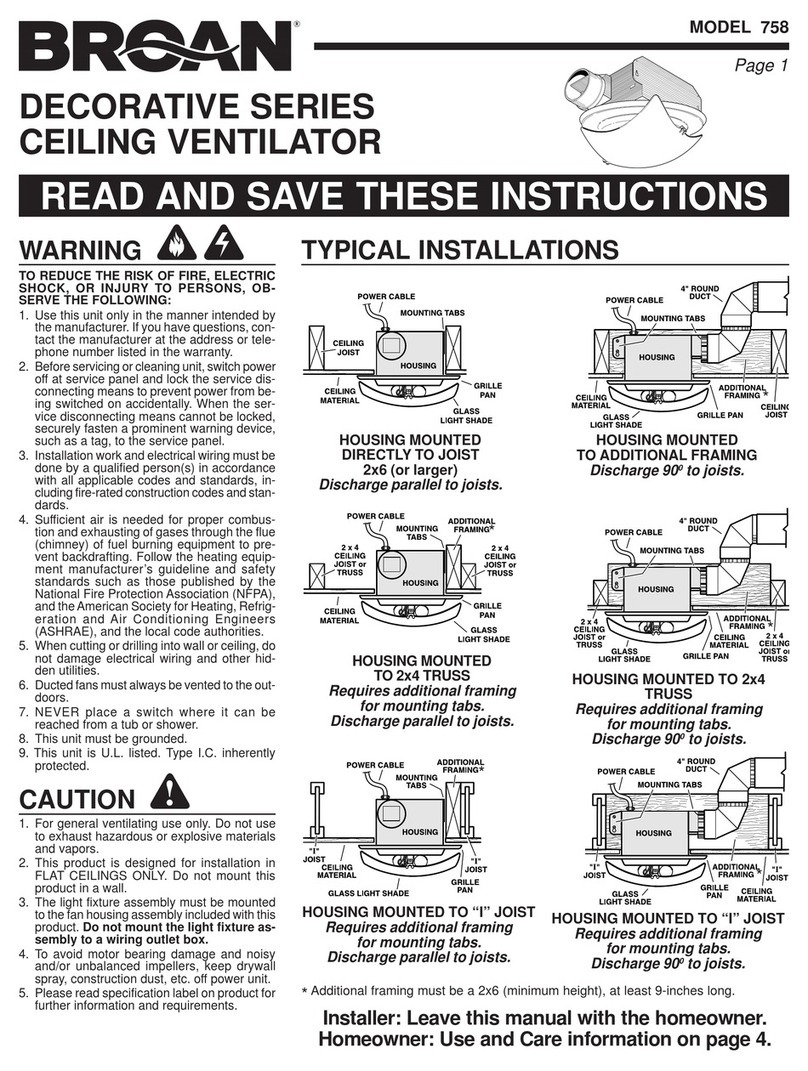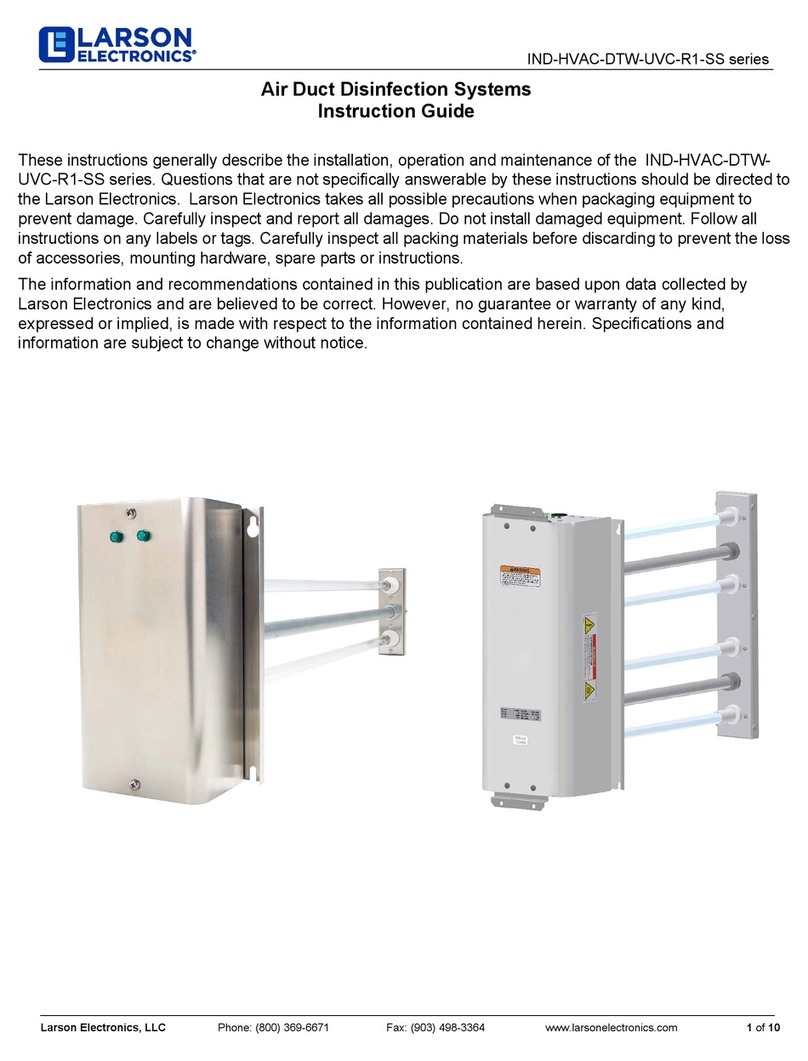
20 Waterside Fancoil Units – Type PWX (12/2022)
6.0 Initial commissioning
Personnel:
Skilled qualified electrician
HVAC technician
Protective equipment:
Industrial safety helmet Safety shoes
Protective gloves Safety glasses
6.1 Unit inspection
6.1.1 Before initial commissioning:
Once the equipment has been installed and prior to the functional
testing and commissioning phase taking place, the following checks
should be completed;
General
Remove protective film, wrapping, if any. Ensure that the unit is
clean. If necessary, clean the faces of the inlet filter and heat
exchanger and drip tray.
Inlet filters are installed, clean, and are of the correct grade.
Check filters for correct fit and contamination ‘Checking and
replacing the filter’. Should the filters have been contaminated
even before commissioning, replace them.
Fan/motor rotates in the correct direction with no obstructions (by
hand) to ensure free rotation and to check impeller is not rubbing
on the inlet ring or on any part of the scroll housing. Fan, blades,
and motors are clean and dust-free.
Heat exchanger is clean, in good condition, and the fins
undamaged.
Pipework is connected correctly (flow, return, heating, cooling
etc.) and does not put stress on the fancoil connections or create
vibrations.
The mains water system has been hydraulically balanced.
Pipework is insulated, vapor sealed and labelled.
All valves/control valves, commissioning devices and strainers
are installed, and the correct direction and strainers are clean.
Ensure actuators are installed before energising.
Ensure condensate pipework is installed to the correct fall (refer
to local regulations or guides). If condensate pumps are
installed, ensure these are primed according to the
manufacturer’s instructions before energising.
Electrical General
Unit and components are fully earthed in line with the TROX
wiring diagram and earthing has been tested.
All wiring must comply with local wiring regulations. PWX internal
wiring complies with BS 7671: IET wiring regulations.
Isolation switch / fused spur installed for each unit in line with
local regulations to enable isolation of the unit control panel from
the mains supply.
Electrical voltage from the site matches the unit required voltage
(230Vac, 1ph 50 - 60Hz) and correct protection fuse size is
installed (refer to TROX wiring diagram).
All cabling is installed & connected according to TROX wiring
diagram and is not damaged and has been tested/torque tested.
Operation of the electric heating element is fan controlled and
interlocked with the control system.
Fan delay incorporated into the control's logic, allowing the fan to
run [10 mins] after the heater has deactivated/switched off.
All safety components are connected and operational, including
all thermostats to cut power to the heater if needed.
Check that the controls enclosure lid is installed and securely
fastened.
Comms / BMS wiring should be separated from power, controls
and signal wiring.
6.2 Initial start-up
Once all unit inspection checks have been completed and any issues
identified are rectified, the unit can be energised.
1. ▶ Ensure all volume control dampers connected within the
secondary ductwork are fully open.
2. ▶ Switch on the mains power supply to the fancoil and switch
on the fancoil using the switch located on the control panel.
The fancoil unit is ON
3. ▶ To start the fan, the correct control voltage must be applied
to the fan. Refer to TROX technical schedule for
confirmation of guide control voltage.
Appendix C: Local setting of fan speed
The control voltage (0-10Vdc) can be applied to the fan
from the integrated controller (BMS) or from a
potentiometer (if fitted). The typical control voltage should
be between 4 – 7.5Vdc.
Danger of injury from sharp edges, sharp corners and thin
sheet metal parts!
Sharp edges, sharp corners and thin sheet metal parts may cause
cuts or grazes.
– Be careful when carrying out any work.
– Wear protective gloves, safety shoes, hard hat and safety
Electric shock hazard! Electrical equipment carries a
dangerous electrical voltage!
– Only skilled qualified electricians are allowed to work on the
electrical system and to connect the unit to the mains
– Isolate the unit from the mains (all phases) and secure the unit
against inadvertently being energized on again.
– Verify that no voltage is present using an approved voltage
indicator.
– Carry out assembly or connection jobs only as long as no




















